About 15 years ago, I spent the better part of two hours testing the emotional limits of pet parenthood.
I was moving some new furniture into my apartment, when I noticed that my chocolate Lab – who never ventured far from my side – was nowhere to be found.
Absolutely terrified, I hit the streets. I called her name, looked under cars and talked to passersby. But she wasn’t anywhere to be found.
I couldn’t bear the thought of my beloved pup roaming the streets alone but there was nothing I could do. I just had to wait and hope she came back.
That is a profoundly powerless feeling that I wouldn’t wish on anyone.
As it turns out, she never left in the first place – she was inadvertently shut inside a closet while I was wrestling with a couch or something. I was so relieved, I didn’t even care that I felt like an imbecile for not checking the apartment thoroughly.
She was quite curious why I’d decided to shutter her inside a dark room, but otherwise fine; so, the story has a happy ending. But it could have easily turned out much, much worse. Fortunately, modern technology has given us the tools to prevent this kind of problem from ever happening in the first place.
We’ll explain everything you need to know about dog GPS pet trackers below. We’ll also share some of the most popular units on the market.
What Are GPS Dog Trackers?
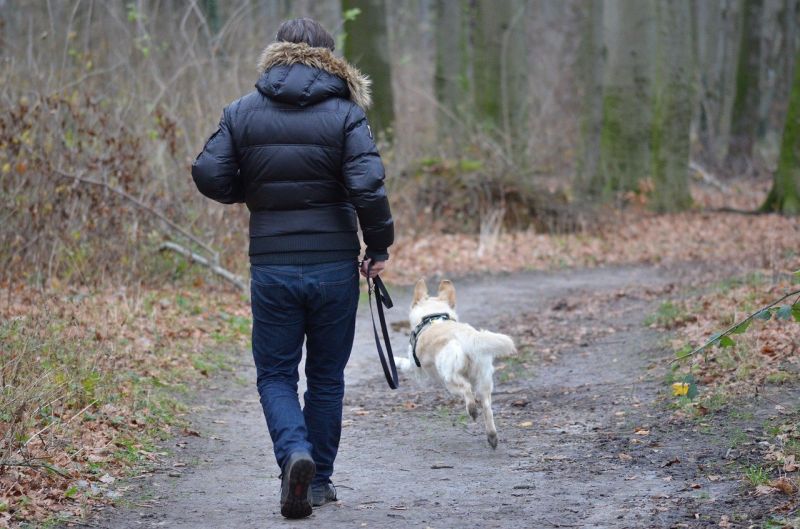
GPS dog trackers (or tracking collars) allow you to find your dog when she’s lost. If I’d have had a GPS tracker on my dog, I’d have seen that she was in my apartment, and avoided an ulcer and half as many grey hairs as I have.
There are a few different types of tracking systems available, many of which rely on things other than GPS to find your lost pup; but we’ll get to the techno-talk in a minute.
The average dog-owner will find a GPS dog tracker to be the best option.
Usually, tracking systems consist of a small device that attaches to your dog’s collar and sends out the tracking signal. Most popular units (and each of the units we recommend below) allow you to locate and find your dog by either using a cell phone, tablet or computer. However, some models work with a hand-held receiver.
Most GPS trackers also include a battery charger for the tracker, as well as one for the hand-held reader, if applicable. Some units also incorporate a base station that helps to define your dog’s safe zone. Often, the base station doubles as the charger.
Some GPS dog trackers require you to download an app to your phone, but these are usually free and easy to install. It is, however, important to ensure that the device and app will work with your phone before making a decision – some popular tracking devices are only compatible with one of the major phone operating systems (iOS or Android).
Most GPS tracker services require that you enroll in a monthly service plan (just like for a cell phone). But these costs are usually quite reasonable (less than $10 a month in most cases).
4 Best Dog GPS Trackers For Finding & Tracking Fido!
There are a number of high-quality GPS dog trackers available to modern dog owners, but the following models represent the cream of the crop.
1. Whistle Go Explore
About: The Whistle Go Explore is a GPS tracker that attaches right to your dog’s collar and keeps running for up to 20 days on a single charge. Monitoring everything from step count to calories burned, it’s a powerful device in a relatively compact package, and it earns our vote for the best GPS dog tracker.
A combination pet-tracker-and-health-monitor, this device allows you to keep tabs on your pup, while also setting fitness goals.
Features:
- Tracks your dog’s location with precision and offers updates every fifteen seconds to the Whistle app
- Works within the US and Canada
- Includes a built-in safety light for night usage with slow flash, fast flash, and continuous light settings
- Requires a recurring $8.25 monthly location tracking subscription fee
Pros
- Provides better tracking of your dog’s location than many other GPS trackers
- Long battery life offers peace of mind
- User-friendly setup
- While a bit bulky, it’s lightweight
Cons
- Some owners had issues with faulty alerts or readings
- Customer service leaves room for improvement according to pup parents
2. Tractive GPS Pet Tracker
About: The Tractive GPS Dog Tracker provides peace of mind in the form of real-time location for your four-legged friend. Just log into the Tractive GPS app from your iPhone, Android, or web browser and get live tracking results and location history for your dog.
A subscription-based GPS tracker and health monitor that's available in three colors and very affordably priced.
Features:
- Set virtual parameters for your dog right from your phone
- Works globally in over 150 countries
- Requires a location tracking subscription, starting at $5.00 monthly (yearly plans also available)
- 100% waterproof, per the manufacturer
Pros
- Quality results at a bargain price (including affordable subscription options)
- Owners report that it provides reliable location tracking
- Secures solidly to your dog’s existing collar
Cons
- Battery life was an issue for some pet parents
- Weak signal problems might be a problem in rural areas
3. Pawfit 3s GPS Tracker
About: The Pawfit 3s GPS Tracker is similar in many ways to other GPS dog trackers, but it provides at least one unique benefit: It gives you the chance to record and play voice commands for your dog (such as your recall cue). This makes the tool good for tracking your pet, as well as long-distance training.
A reasonably priced dog GPS tracker with a unique "voice recall" function, which allows you to speak to your dog from afar.
Features:
- IP68 waterproof rating helps protect the tracker from moisture.
- Battery lasts for up to 30 days between charges.
- You can record as many as 5 voice cues that’ll play through the tracker’s speaker
- Integrates with Google Maps
- Subscription plans start at $4.75
Pros
- We love the recorded voice command feature
- The subscription is affordable
- Several owners report that it outperforms other models that cost significantly more
Cons
- A few owners report that the alarm functions suffer from a delay
- Some owners complained that the battery life was shorter than advertised
4. Tracki Dog GPS Tracker
About: Small, lightweight, and affordable, the Tracki Dog GPS Tracker is a great pick for many owners. It’s designed to attach to your pet’s existing collar, and because it is so small and light, it makes a great choice for owners of pint-sized puppers.
Weighing only 1 ounce and measuring 1.5 inches in diameter, this is one of the smallest, lightest GPS trackers around.
Features:
- “Chase Mode” helps find runaway pets by providing updates in 5-second intervals
- “Community Mode” allows you to track your dog with help from friends and neighbors
- IP67 waterproof rating
- Subscription plans start at $3.99 (long-term, pre-paid rate)
- Allows you to set custom alerts that send push-notifications to anyone you like
Pros
- Owners found the app easy to use and intuitive
- Light enough to work for very small pets
- Affordable and provides good value
Cons
- Owners complain that it isn’t the most durable tracker
- As with many GPS trackers, battery life drew mixed reviews from owners
Best Dog GPS Tracker Features to Look For

Not all tracking units – even those relying on similar technology – are created equally. It really pays to take your time and determine the best tracking unit for your needs. It can be difficult to judge the quality of comparable units, but it is relatively simple to compare the features they each possess.
Consider some of the following features when selecting a GPS pet tracker:
- Waterproof pet trackers are well worth the additional expense, as according to Murphy’s Law, it is all but guaranteed that your dog will decide to escape in a rainstorm.
- Battery life is critical. You never want to have the tracker’s signal die before you find your pet. While battery life varies with your usage (the more you try to track your pet, the more electricity you use), most high-quality units include batteries that last for three to seven days.
- Some pet trackers monitor your dog’s activity, vital signs and other interesting and helpful data. This kind of info can help you better understand and care for your pet.
- Some units power-down when your dog becomes inactive to help prolong battery life. This can be especially helpful for units that don’t have a particularly long-lasting battery.
There’s one other thing you want to think about before buying a GPS dog tracker: the cellular reception in your area.
Many tracking units rely on cell-phone networks, at least in part, to monitor your dog’s movements. Make sure you know which network your GPS tracker uses, and check to ensure that the service (AT&T, Verizon, T-Mobile, etc.) provides adequate coverage in your area.
3 Types of Dog Trackers: Radio, Short-Range, and GPS

GPS trackers aren’t the only show in town; several other technologies are available to keep track of your pup, and it makes sense to look at all of the options available.
The problem is, the alphabet-soup of jargon that pops up in discussions of tracking collars could choke a hippopotamus. This causes many would-be customers to throw up their hands in exhaustion.
But don’t worry – it isn’t that complicated.
There are basically three different types of tracking collars in widespread use:
- Radio Collars
- Short-Range Tracking Colors
- GPS Collars
Dog GPS trackers tend to be the best choice for the vast majority of pet owners.
If you aren’t interested in learning about these alternative systems, just skip down to GPS dog trackers.
Radio Transmitting Collars
Radio tracking collars are fairly old technology, and although they do excel in some applications, they rarely make sense for the run-of-the-mill dog owner.
- Radio tracking collars are typically useful for 1 to 5 miles.
- Weather usually impairs the function of radio collars.
- They provide only distance and directional data, not a real-time location.
- Radio collars are useful for dogs and owners living or traveling in remote regions.
Ideal for users who handle dogs for search and rescue, hunt with dogs, or work alongside canines in remote areas that lack adequate satellite coverage or access to cellular networks.
If you think a radio dog collar is the best solution for your pup, consider the Marco Polo Pet Monitoring/Tracking and Locating System. It is a high-quality unit, available at a very reasonable cost.
Short-Range Tracking Collars
These types of collars send a signal from your floof’s dog collar to your smartphone or a dedicated tracking device.
These units typically rely on either RFID (the same technology that allows you to tap your credit card at checkout instead of sliding it through the little slot) or Bluetooth technology to communicate with your phone.
- These types of short-range collars usually provide only distance and directional data. Instead of viewing your pet’s location on a map as most GPS tracking units allow, the receiver for a short-range tracking collar may say that your dog is 100 yards west of your location, for example.
- Short-range units are only effective over a relatively short distance – think feet, rather than miles.
- RFID and Bluetooth units are often the smallest units available.
- Some units offer a “chirp” function, which allows you to cause your pet’s dog collar to beep audibly.
Ideal for owners who have very small dogs (or cats) who can’t carry a larger tracker comfortably, or those living inside large indoor facilities.
GPS Tracking Collars
GPS tracking collars are a newer solution in the dog-tracking industry, and they rely on the network of global positioning satellites to locate and track your dog.
Many such units also use cell-phone networks to complement their coverage capabilities.
- GPS trackers are effective anywhere they can contact three separate satellites.
- Range is rarely an issue with GPS collars – you can track your lost pet from virtually anywhere.
- Battery life is typically the biggest challenge for these types of collars.
- GPS trackers rarely work well indoors.
- These units typically require a monthly location tracking subscription to access the network.
Ideal for average pet-owners who do not live in the Canadian tundra nor intend to use the tracker very often.
If you think a GPS tracking collar is the best solution for your needs, consider any of the models discussed above.
It’s important to realize that no GPS tracking system is perfect, so you should always use common sense to keep your dog safe. Don’t think that you can just let your dog roam about unsupervised or that it isn’t a big deal that he escapes all the time, because you have a GPS tracking collar for him.
Alternatively, if you’re just looking to track your dog’s exercise, a dog FitBit might be a better (and more affordable) option. If you want to keep your dog in an enclosed space, invisible dog fences are a nice solution, although most of those systems won’t be able to track your dog if she does manage to escape.
We’d love to hear about the tracking systems you have used. Let us know which ones were great and which ones didn’t live up to expectations. We’d also love to hear your happy reunion stories, so hit us up on Twitter or Facebook, or just scroll down to the comment section below!
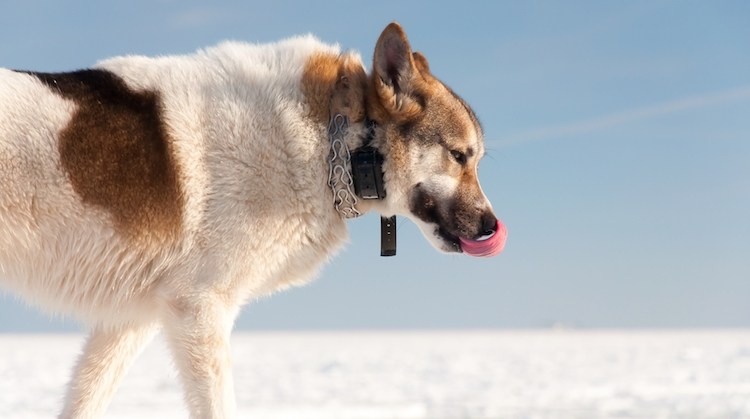

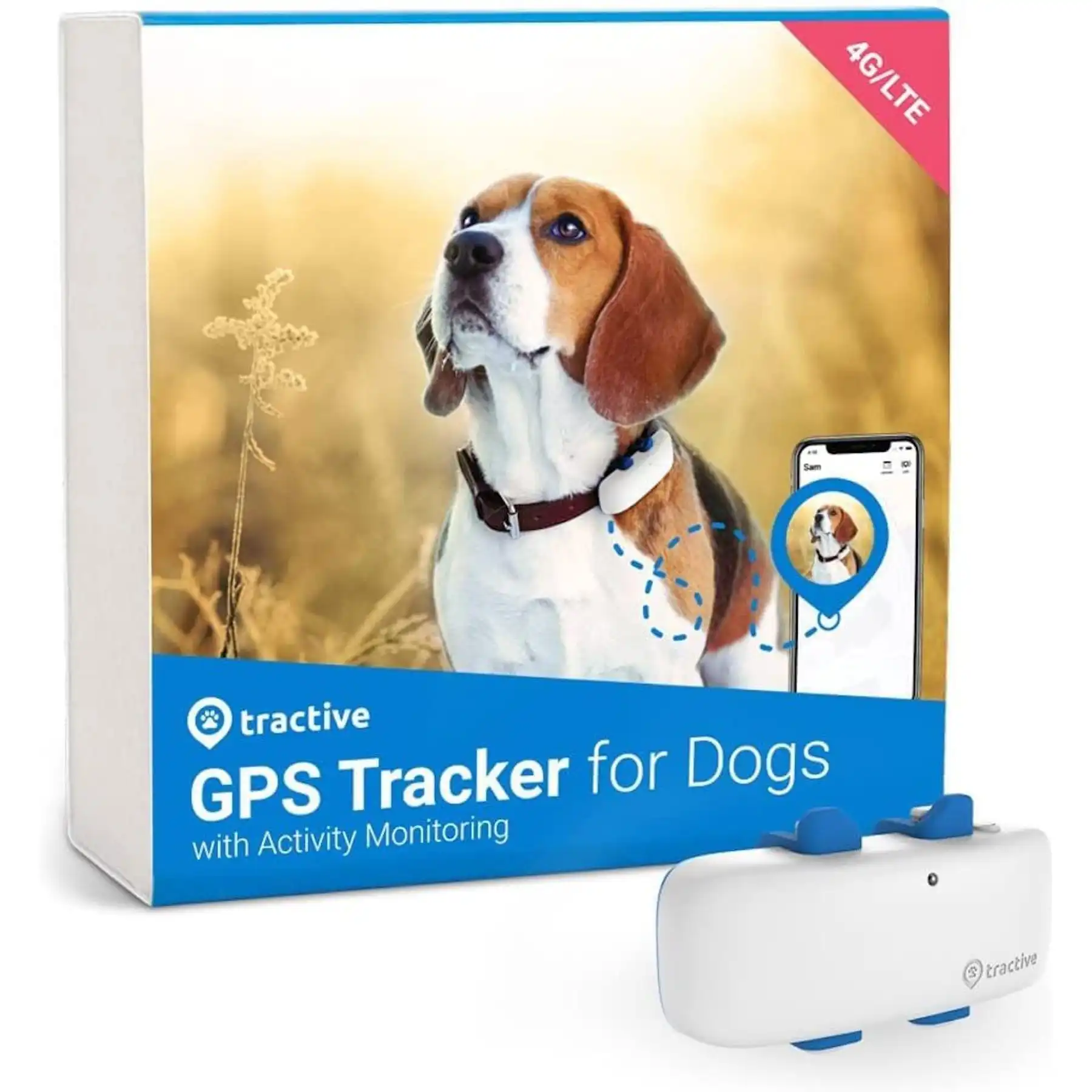





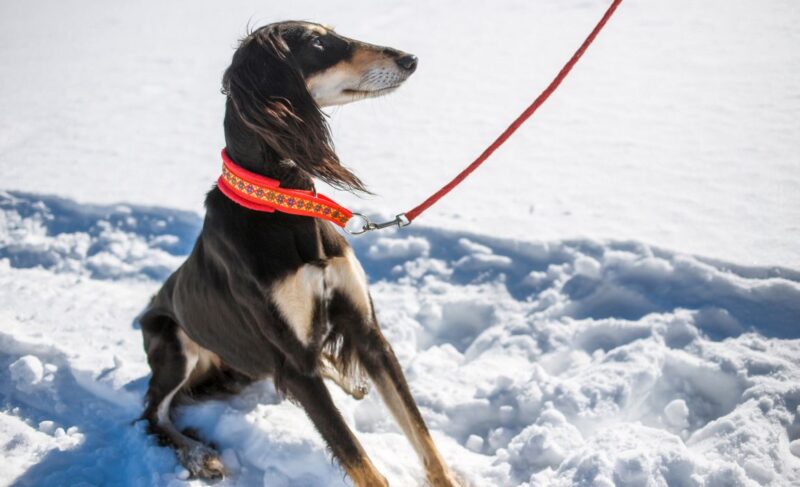

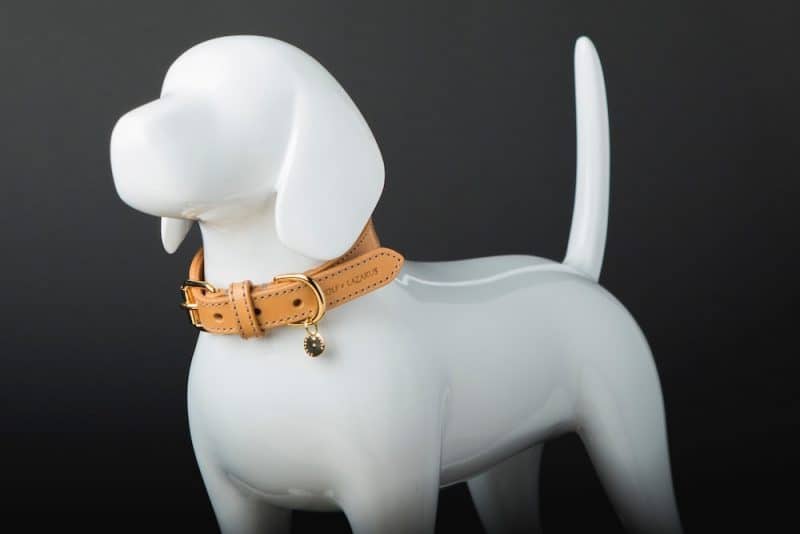

Leave a Comment